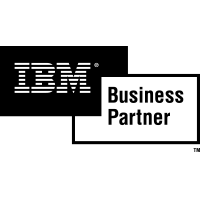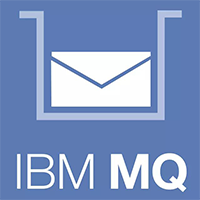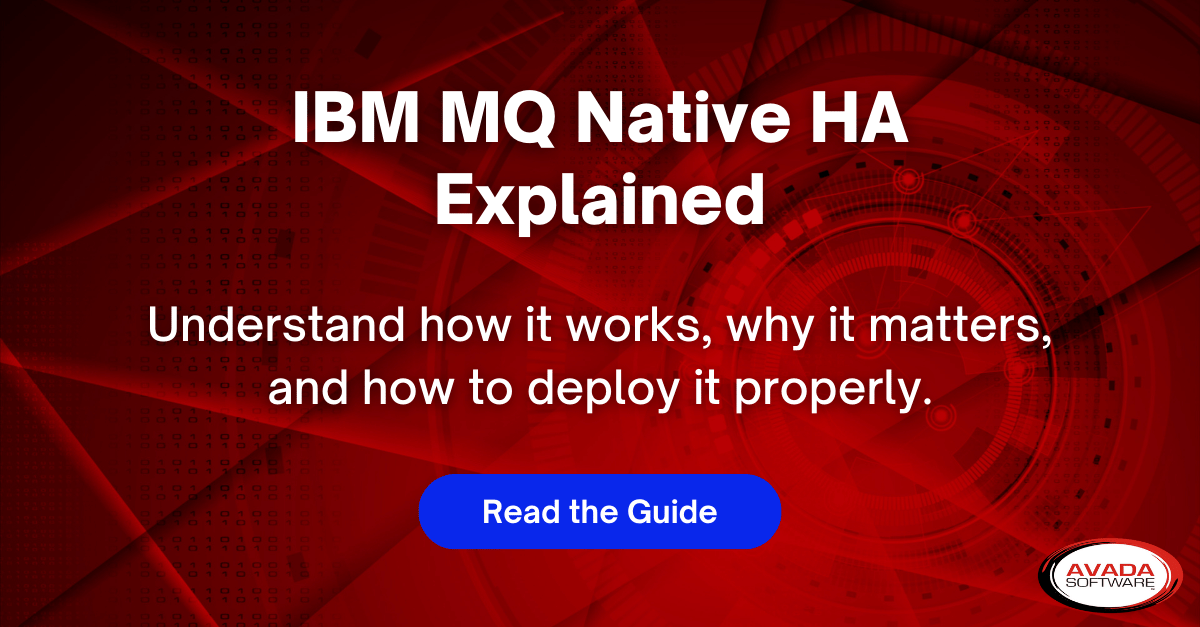What is middleware?
Middleware is software that different applications use to communicate with each other. It provides functionality to connect applications intelligently and efficiently so that you can innovate faster. Middleware acts as a bridge between diverse technologies, tools, and databases so that you can integrate them seamlessly into a single system. The single system then provides a unified service to its users. For example, a Windows frontend application sends and receives data from a Linux backend server, but the application users are unaware of the difference.
What is Middleware’s Importance?
Middleware started as a bridge between new applications and legacy systems before it gained popularity in the 1980s. Developers initially used it to integrate new programs with earlier systems without rewriting the earlier code. Middleware has become an important communication and data management tool in distributed systems.
Developers use middleware to support application development and simplify design processes. This leaves them free to focus on business logic and features instead of connectivity between different software components. Without middleware, developers would have to build a data exchange module for each software component that connects to the application. This is challenging because modern applications consist of multiple microservices or small software components that talk to each other.
What is middleware used for?
Software development
Software developers use middleware to integrate different software components into other applications. Middleware offers a standard Application Programming Interface (API) to manage the required input and output of data from the component. The internal linking with the component is hidden from the user. Developers use the APIs to request the services that they need from the software components.
Data transmission
Software applications use middleware to send and receive data streams reliably. Data streams are a high-speed transmission of continuous data. They are important for reliable video and audio streaming.
Distributed applications
Distributed applications are software programs that run on different computers on a network. They usually consist of frontend and backend applications. Frontend applications are software you use on a computer or mobile device, such as a social media app. By contrast, backend applications are software programs that handle data processing, business logic, and resource management tasks. Middleware communicates between the frontend and backend applications, so the distributed application works smoothly.
Types of Middleware
MESSAGE ORIENTED MIDDLEWARE
This type of middleware is an infrastructure that supports the receiving and sending of messages over distributed applications. It enables applications to be disbursed over various platforms and makes the process of creating software applications spanning many operating systems and network protocols much less complicated. It holds many advantages over middleware alternatives (e.g. hard coding logic) and is one of the most widely used types of middleware.
OBJECT MIDDLEWARE
Object middleware, also called an object request broker, gives applications the ability to send objects and request services via an object-oriented system. In short, it manages communication between objects.
REMOTE PROCEDURE CALL (RPC) MIDDLEWARE
An RPC is exactly what it sounds like. It calls procedures on remote systems and is used to perform synchronous or asynchronous interactions between applications or systems. It is usually utilized within a software application.
DATABASE MIDDLEWARE
This type of middleware allows for direct access to databases, providing direct interaction with them. There are many database gateways and connectivity options. You simply have to see what will work best for your necessary solution. This is the most general and commonly known type of middleware. This includes SQL database software.
TRANSACTION MIDDLEWARE
This type of middleware includes applications like transaction processing monitors. It also encompasses web-application servers. These types of middleware are becoming more and more common today.
PORTALS
This refers to enterprise portal servers. It is considered middleware because portals facilitate front-end integration. They are used to create interactions between a user’s computer or device and back-end systems and services.
EMBEDDED MIDDLEWARE
This type of middleware allows for communication and integration services with an interface of software or firmware. It acts as a liaison between embedded applications and the real-time operating system.
CONTENT-CENTRIC MIDDLEWARE
This type of middleware allows you to abstract specific content without worrying how it is obtained. This is done through a simple provide / consume abstraction. It is similar to publish / subscribe middleware, which is another type of this software that is often used as a part of web-based applications.
Examples of Middleware Products
Enterprise Messaging/MOM Examples
TIBCO Enterprise Message Service
Apache Kafka (Streaming)





















